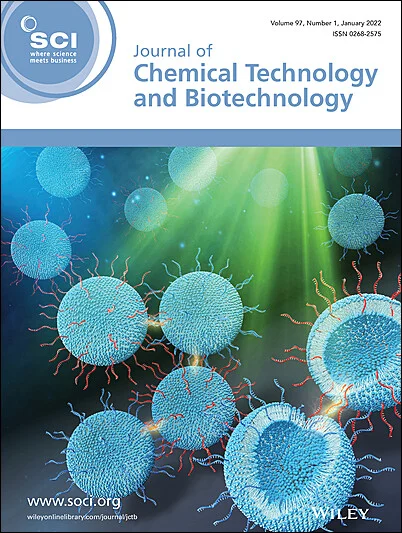Biomolecule-assisted synthesis of magnetic biochar from betel nut husk and iron ore tailings: characterization and arsenic elimination studies
Abstract
BACKGROUND
Arsenic contamination in drinking water remains a significant global public health issue, necessitating sustainable and efficient removal technologies. In this work, magnetite-biochar composites were synthesized through a green and cost-effective approach using betel nut husk-derived biochar and iron ore tailings, with Hibiscus rosa sinensis leaf extract serving as a natural biosurfactant and reducing agent. The synthesis plan aimed to utilize agricultural and industrial waste materials to fabricate a functionalized magnetic adsorbent with improved physicochemical properties for arsenic species elimination.
RESULTS
The optimized Fe3O4@BC composite (Fe:BC ratio = 1:2) demonstrated a substantial BET (Brunauer-Emmett-Teller) surface area of 73 m2 g−1. X-ray diffraction patterns confirmed the successful formation of crystalline magnetite nanoparticles anchored to the biochar matrix. Fourier transform infrared and field emission scanning electron microscopy/energy dispersive X-ray spectroscopic analyses evidenced the presence of active functional groups and uniform magnetite dispersion on the Fe3O4@BC surface. The green synthesis route, facilitated by hibiscus leaf phytochemicals, contributed to improved nanoparticle stability and surface functionality, enabling efficient arsenic removal from aqueous solutions. Batch experiments confirmed maximum adsorption capacities of 42.74 and 27.62 mg g−1 for arsenic(V) and arsenic(III), respectively. The material demonstrated favourable kinetics, minimal interference from coexisting ions and effective regeneration over three cycles.
CONCLUSION
The environmentally benign synthesis of Fe3O4@BC using biomass waste and mine tailings, assisted by plant-derived biomolecules, offers a low-cost, scalable and sustainable adsorbent for arsenic elimination. The material's high surface properties and promising removal performance in real water systems highlight its potential for field-scale applications in water purification. © 2025 Society of Chemical Industry (SCI).




 求助内容:
求助内容: 应助结果提醒方式:
应助结果提醒方式:


